Throughout the month of December 2019 we published through our Twitter account a series of tips to encourage the use of bicycles in the city, and to circulate safely and well equipped. We think it is a good idea to summarize the Cycle-Advices, and this post is a repository of the initiative.
Cycle-Advices
- Medicine on wheels. The use of the bicycle in daily trips improves health. Checked!
- By pedaling you make a good cushion… of savings.
- The fastest in the far-west. The bicycle is the fastest means of transport in the city for journeys of less than 4-5km.
- How is your bike? To drive safely, your bike must be in good condition, particularly brakes, wheels, lights, bell, chain and gear change.
- The maximum speed on the bike lane is 30km/h. If you go faster, get on the road.
- For your safety, check that your bike’s lights work properly: red light at the back and white light at the front.
- Remember that the pedestrian has the priority over the sidewalk. If the bicycle lane is on the sidewalk, reduce your speed to 10km/h.
- Get noticed on the bike path! Ring the bell to alert absent-minded pedestrians who occupy it.
- Let’s leave the sidewalk to the pedestrians. You can only walk on it if it’s wide enough (more than 5 meters and 3 meters free space). If the sidewalk is narrow or with many pedestrians, you have to get off your bike and walk.
- If you drive through spaces reserved for pedestrians or through parks, limit your speed to 10 km/h.
- How are your lights? At night or in poor visibility, drive with the lights on.
- Anticipate! Constantly monitor other vehicles and pedestrians to foresee possible risk situations.
- Anticipate! For your safety, warn other road users in advance of your turns, overtaking and stops.
- We like long-distance relationships. Keeping a safe distance from other road users allows you to react when there is a risk situation.
- Let’s focus… The safest place to drive on the road is in the center of the lane. You will avoid the car doors that magically open and you will gain visibility.
- Which is my lane? You can drive in the lane closest to the sidewalk that you want, except for those reserved for public transportation.
- Your bike loves you and wants to stay with you… Lock your bike with security locks everywhere: frame, both wheels and seat.
- Look for parking in the spaces with an inverted U, they are the ones that allow you to safely hold the different parts of the bike.
- Emergency! If you want to be prepared in the event of a breakdown, take a basic tool kit with you so that keep riding.
- Extreme vigilance at crossings. Make sure that other vehicles see you, even if you have priority.
- On the bike you are not the weakest. In addition to respecting the priority of the pedestrian, be prepared to warn with the bell and brake when a pedestrian crosses your path.
- Stay safe! In every way. Lock your bike, ride safely, and take out an insurance that covers you in the event of an accident.
- On a bike without hands and eyes? Impossible! Using your cell phone while cycling is not an option.
- It goes without saying, doesn’t it? Always respecting traffic signs, both horizontal and vertical, will avoid a lot of accidents.
- Get noticed! Wear brightly colored clothing with reflective elements, ride in the center of the lane and use lights when visibility is poor.
- When you ride your bike your mind relaxes, if you receive any verbal aggression, go your way and deflect the attack.
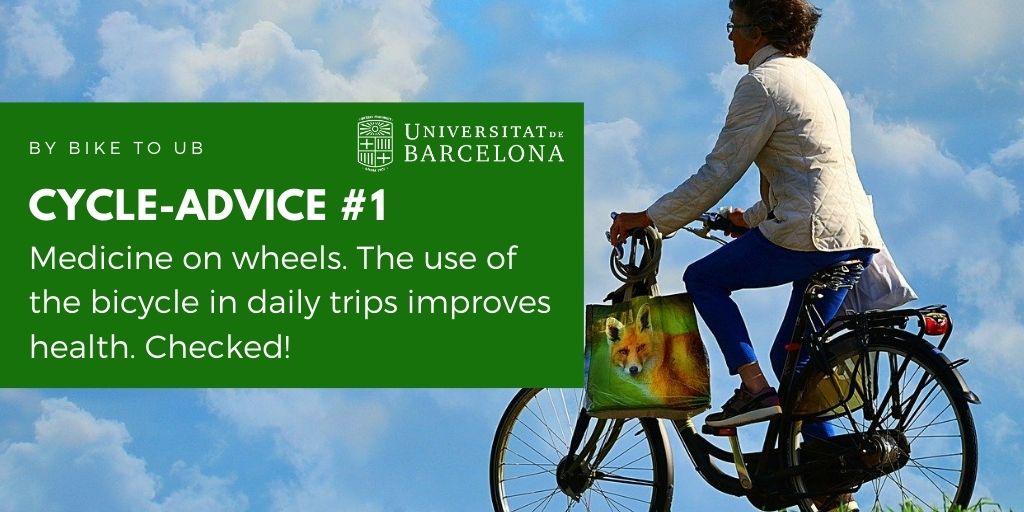
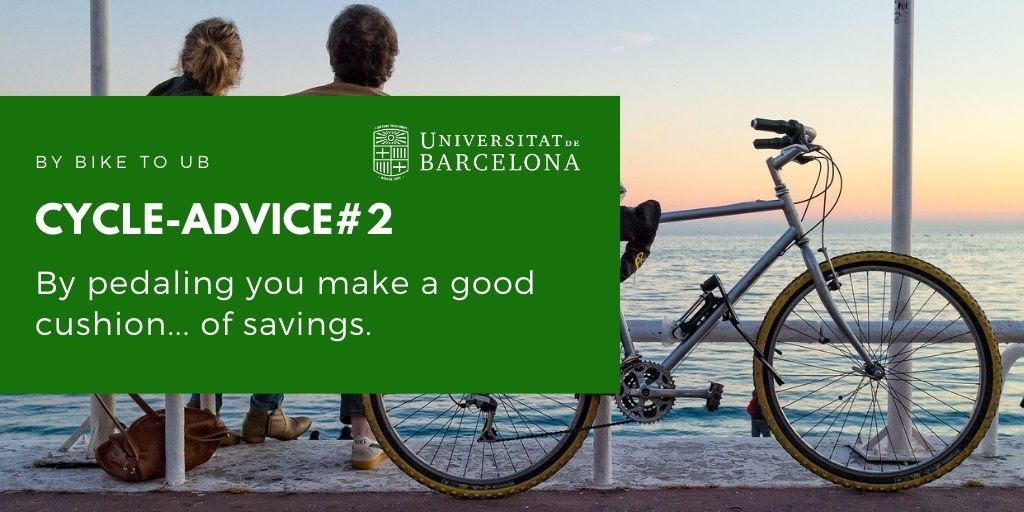
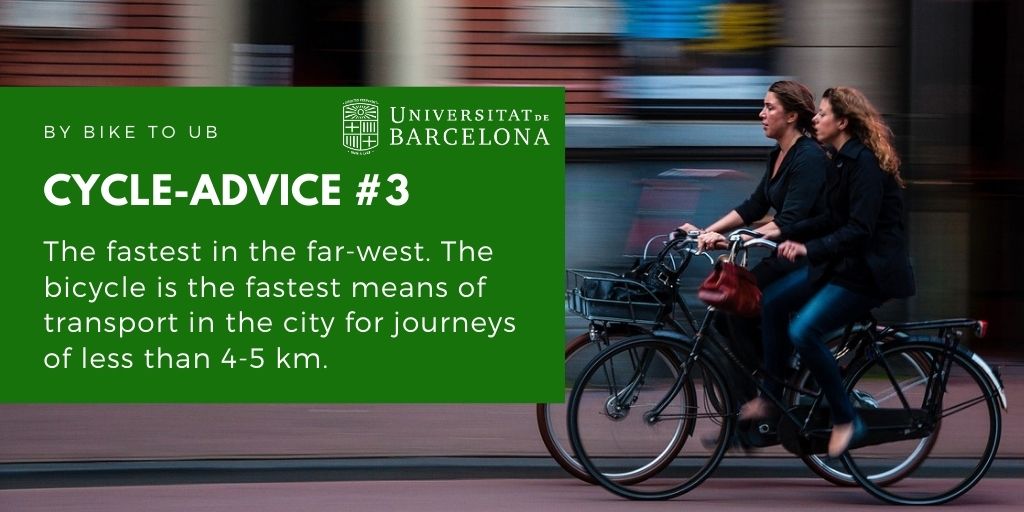
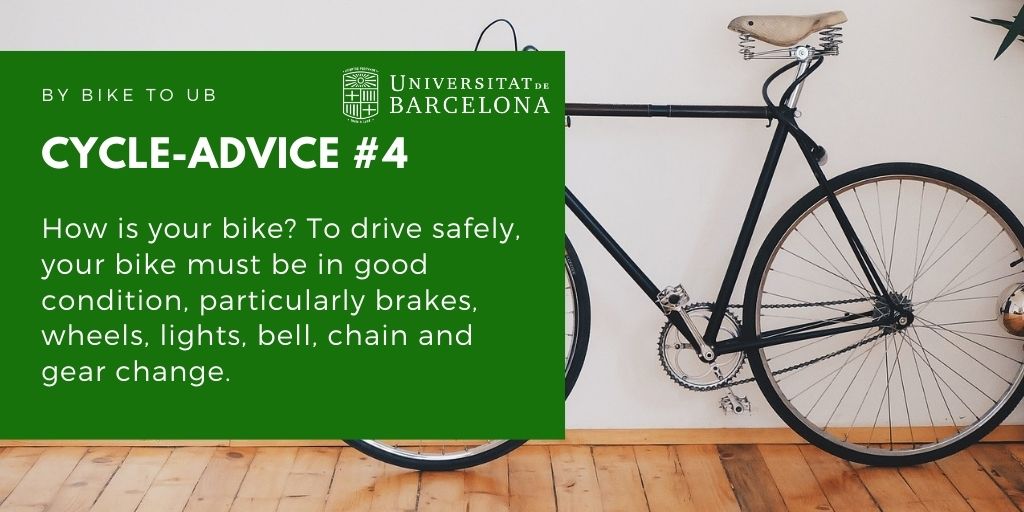
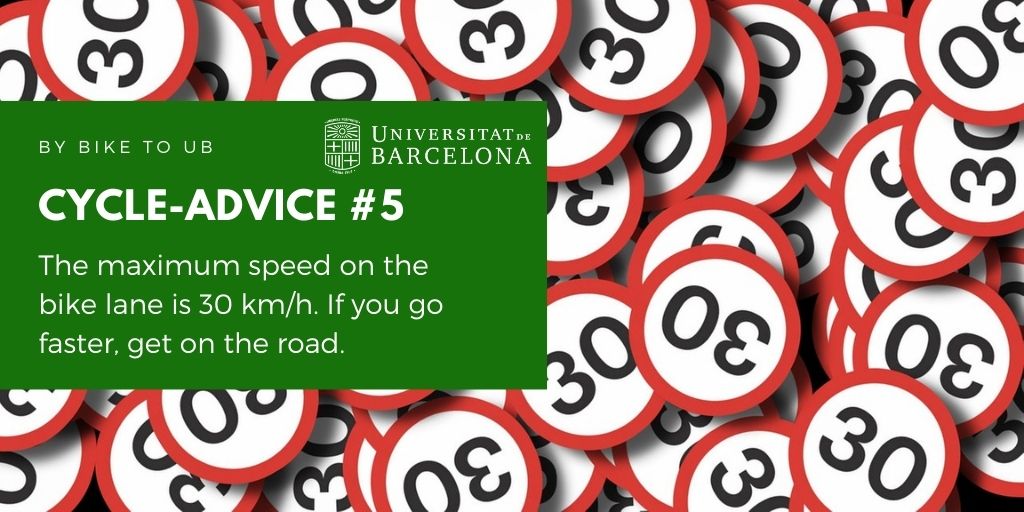
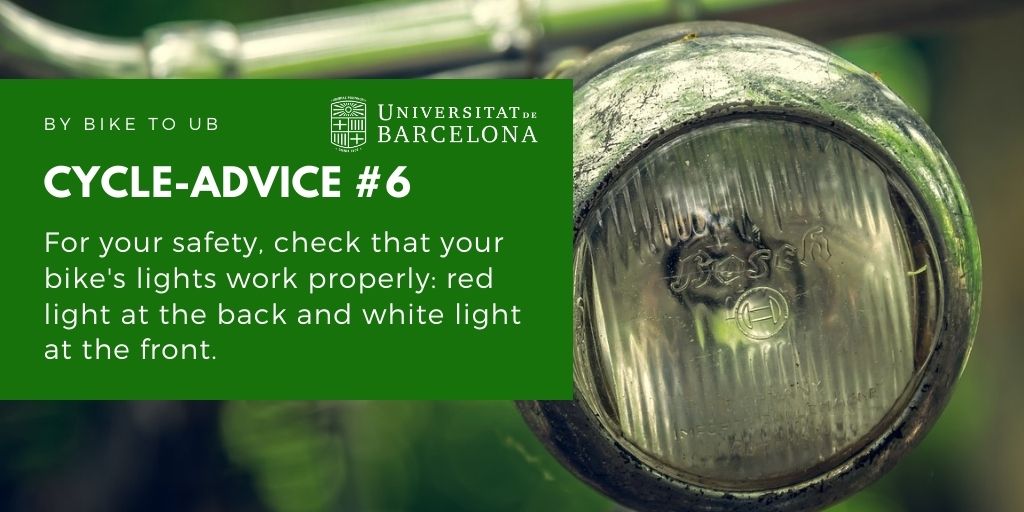
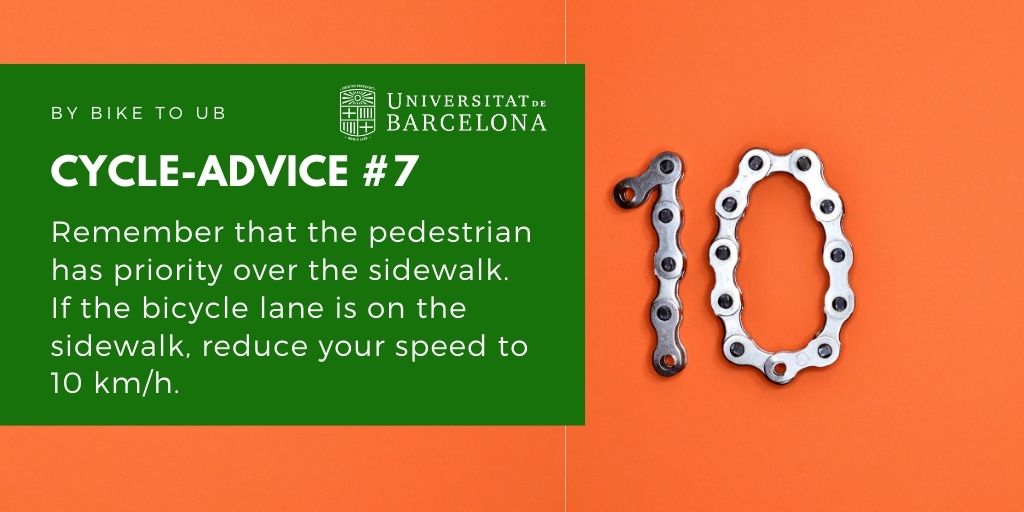
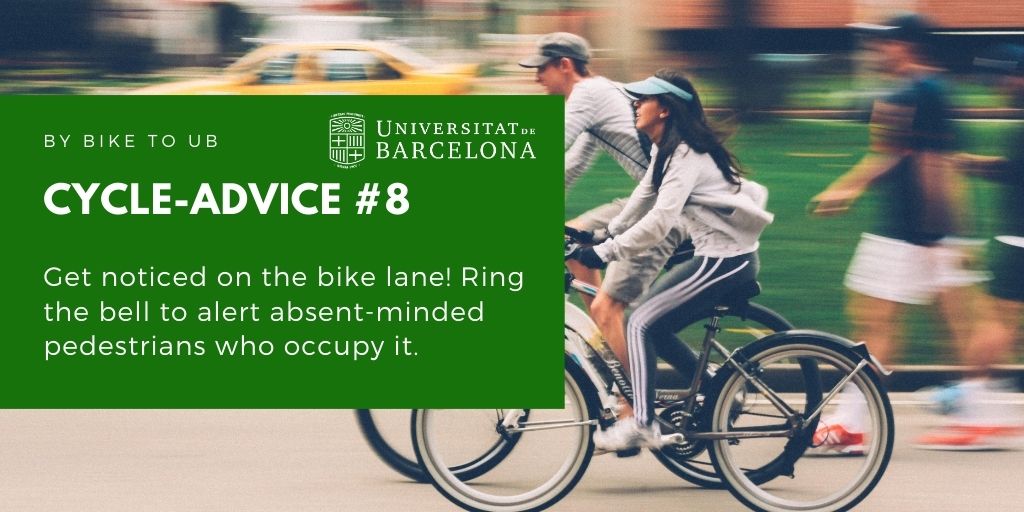
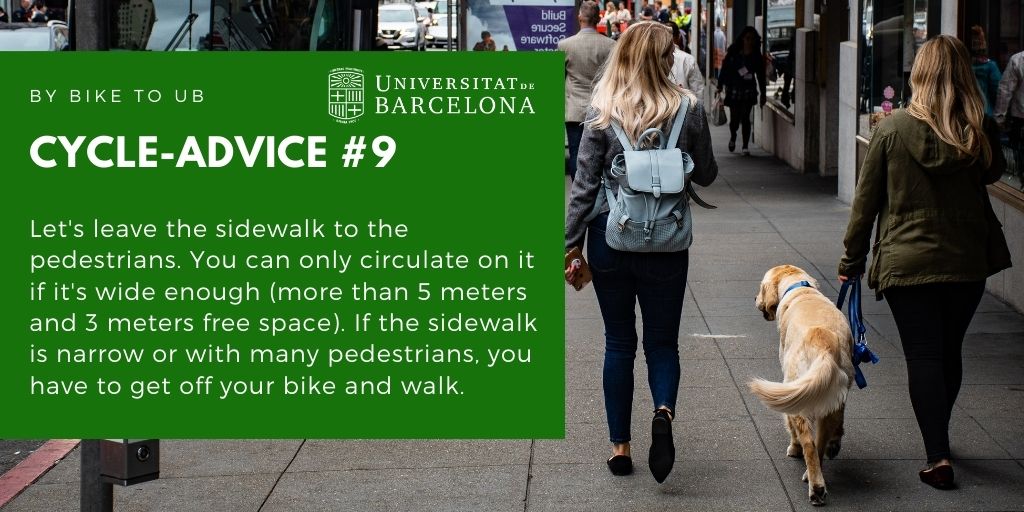
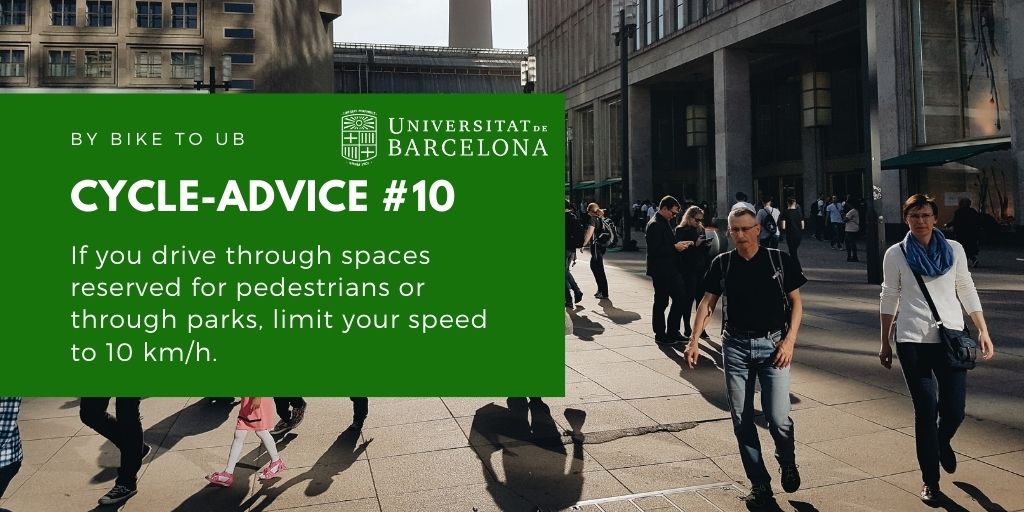
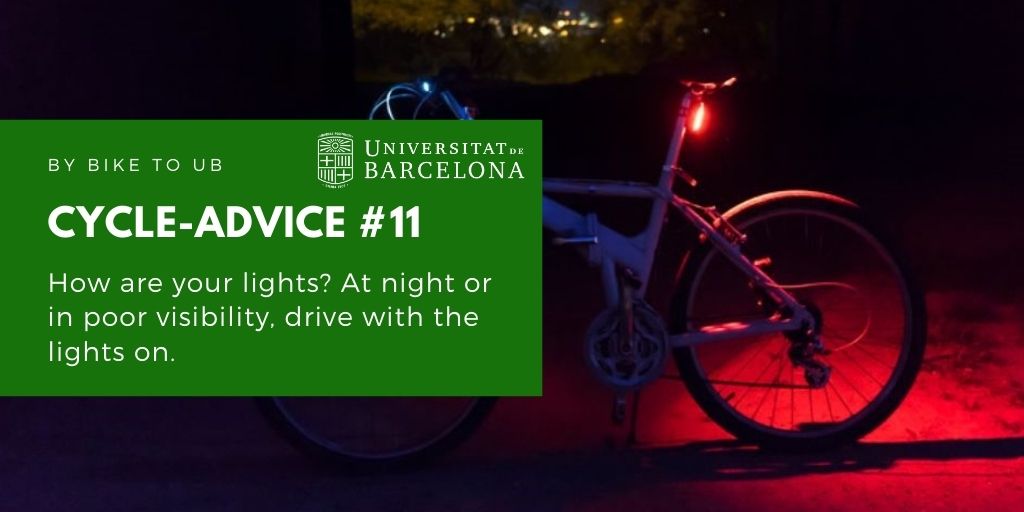
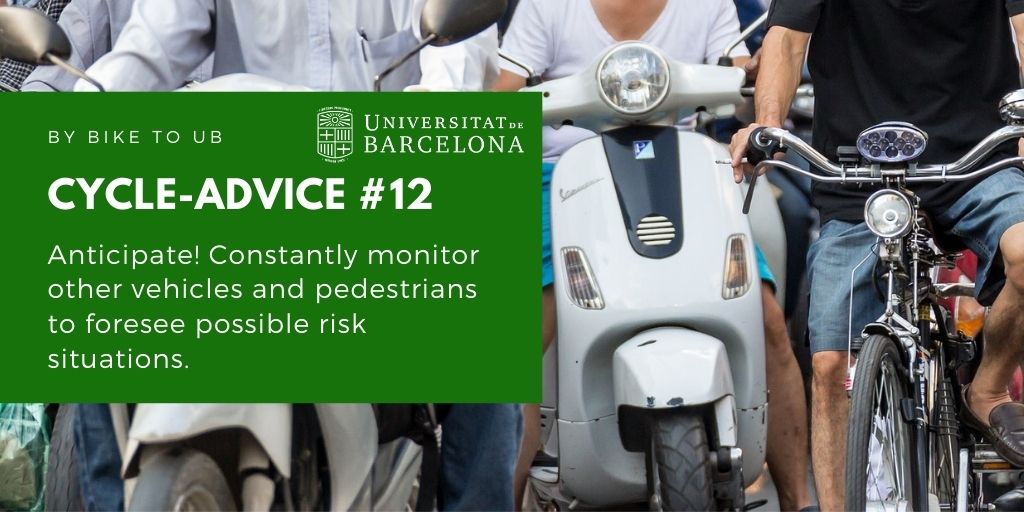
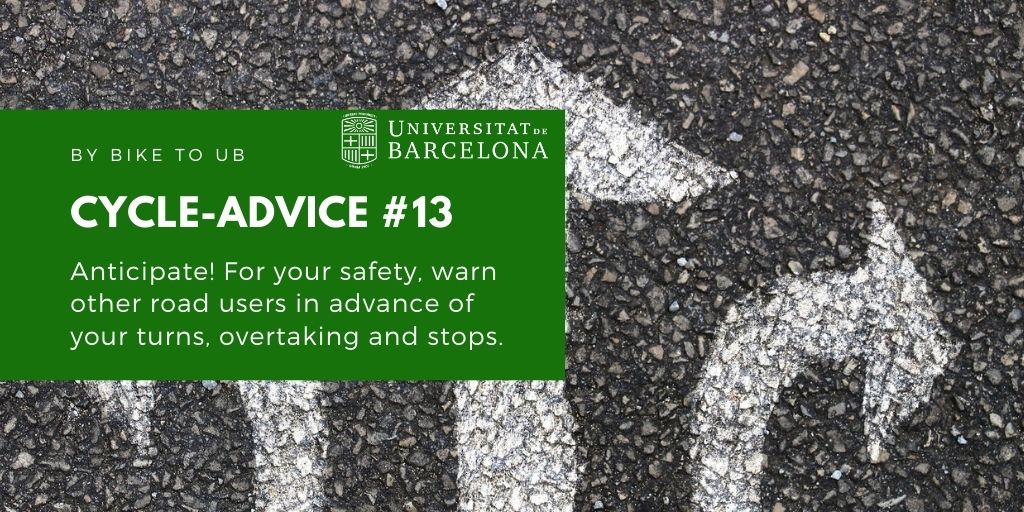
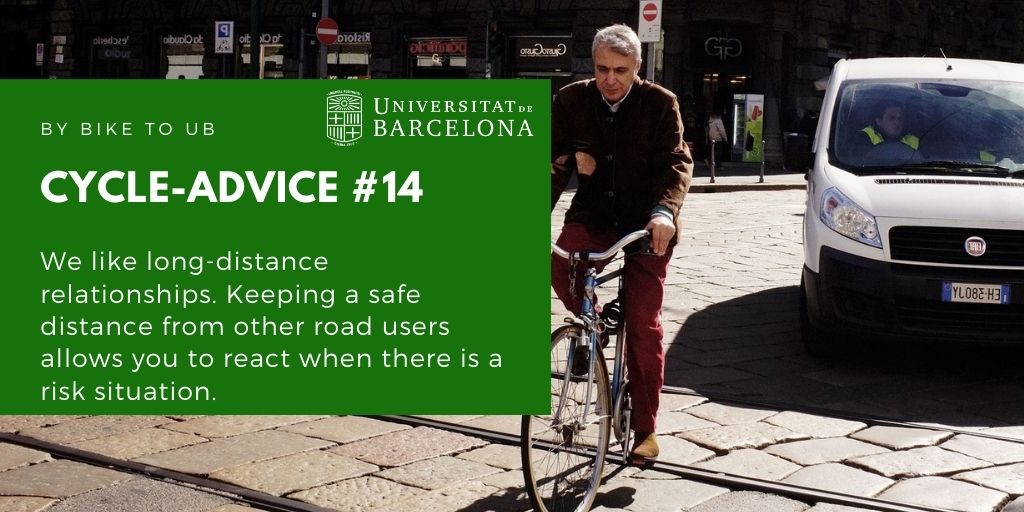
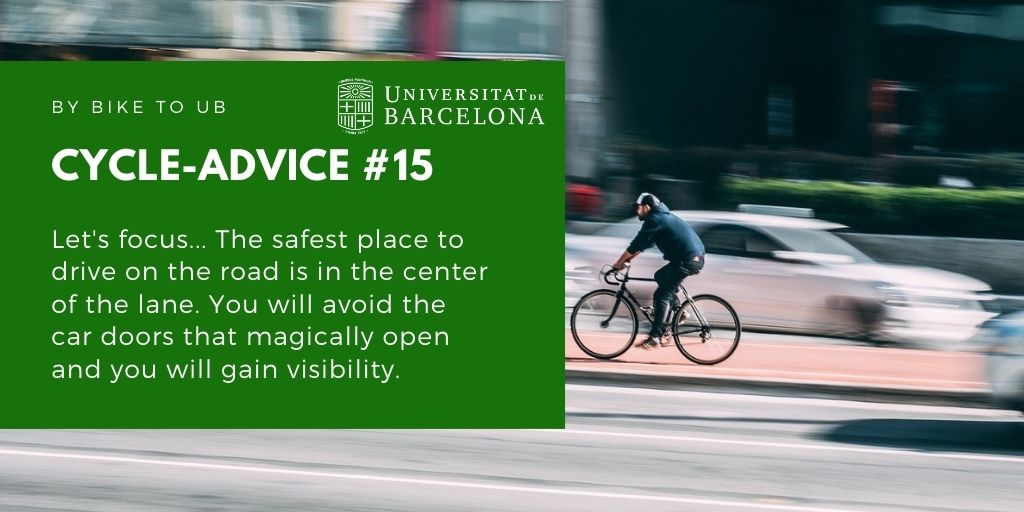
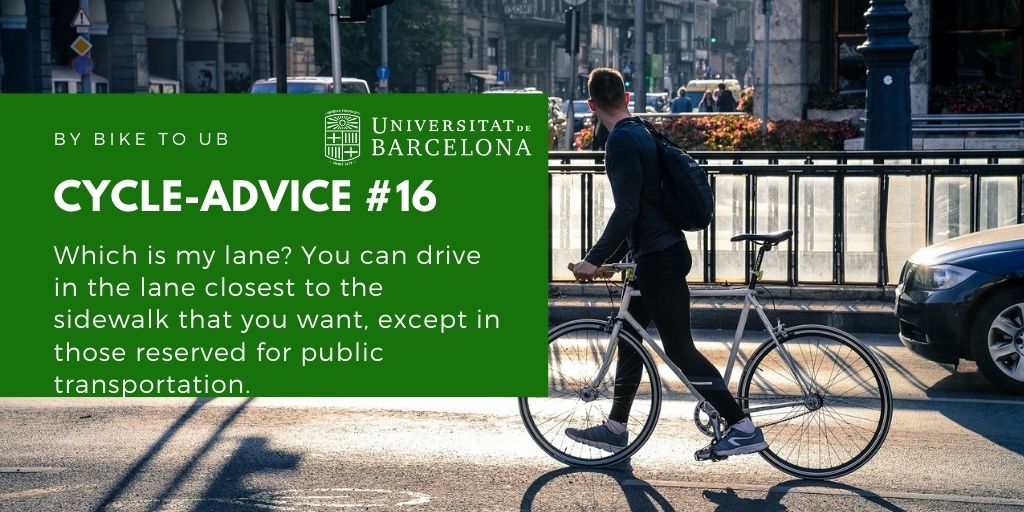
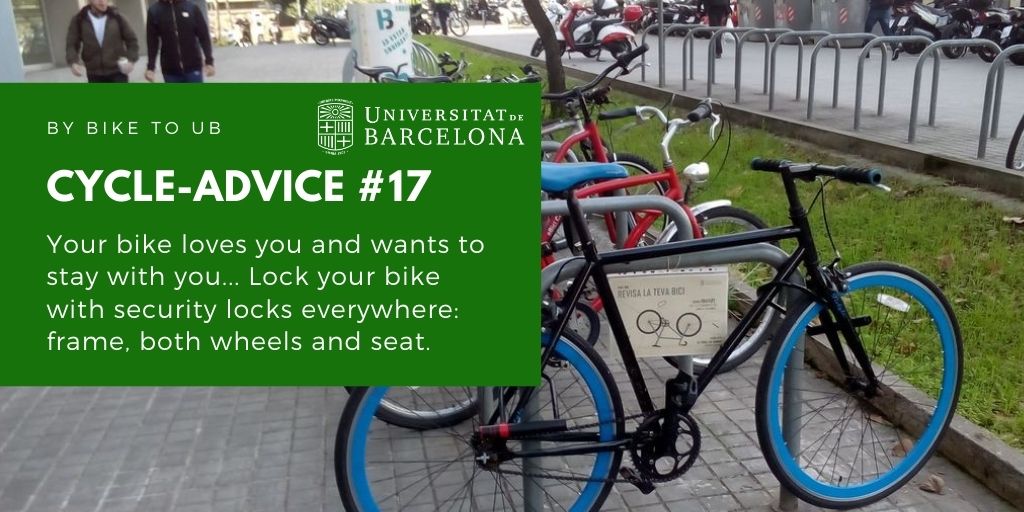
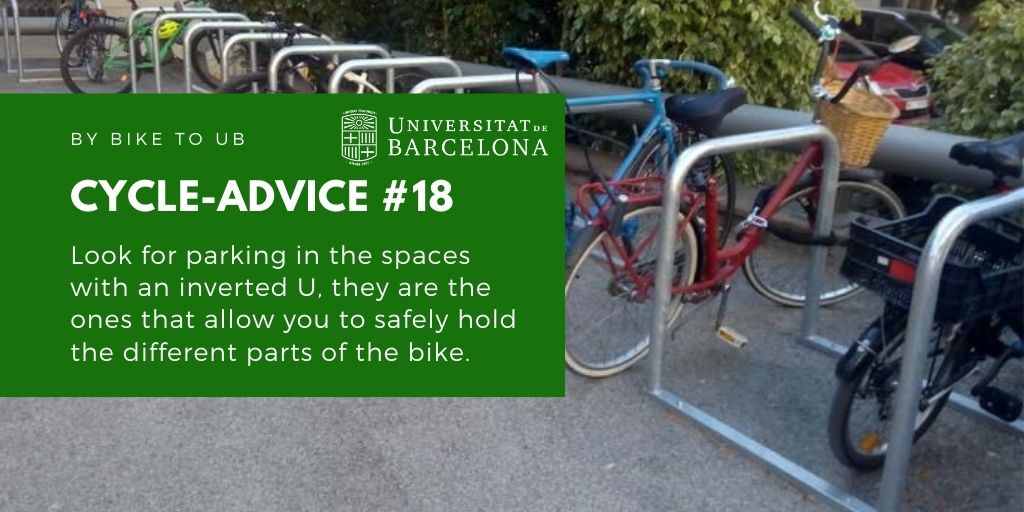
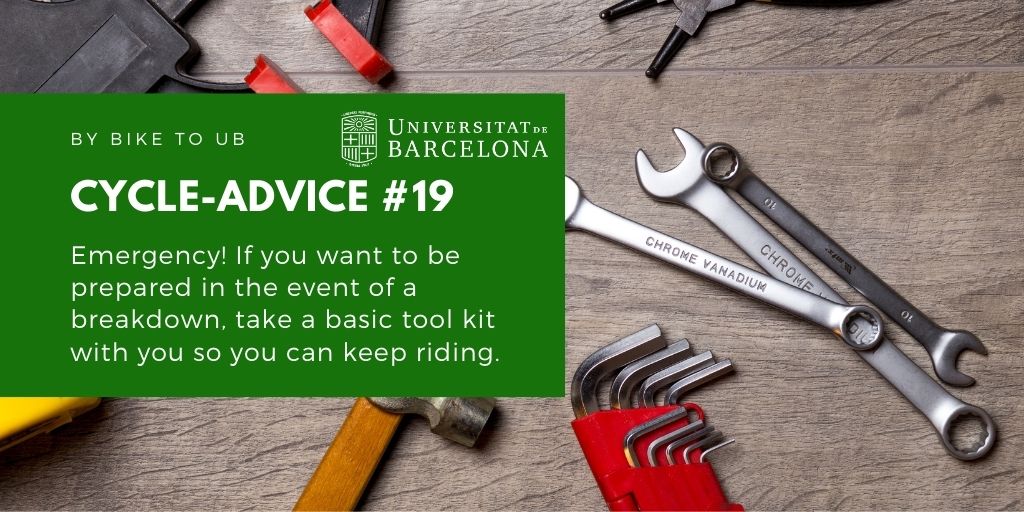
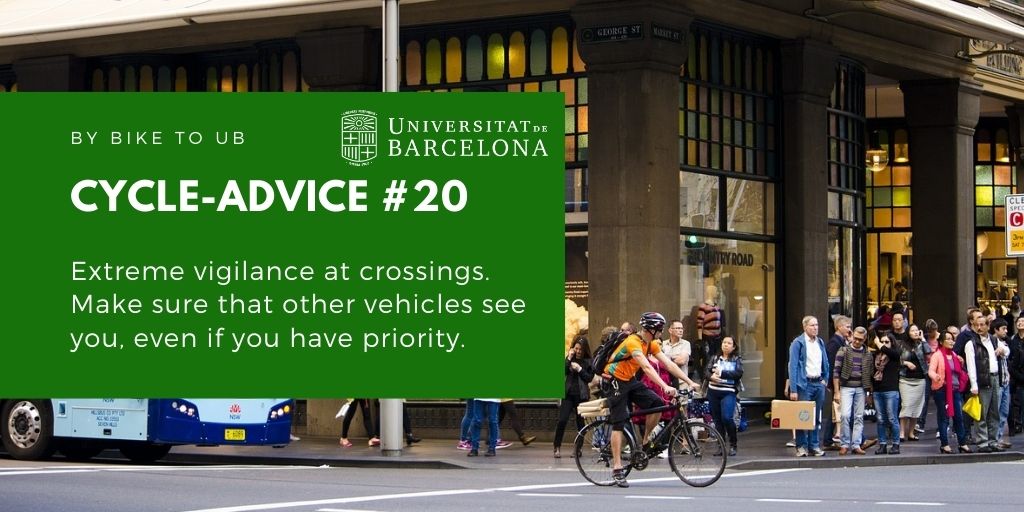
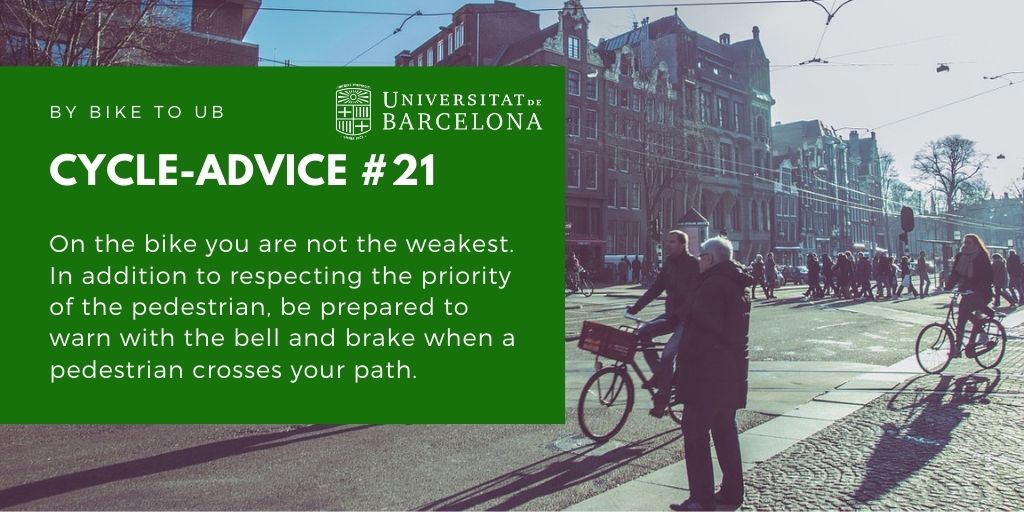
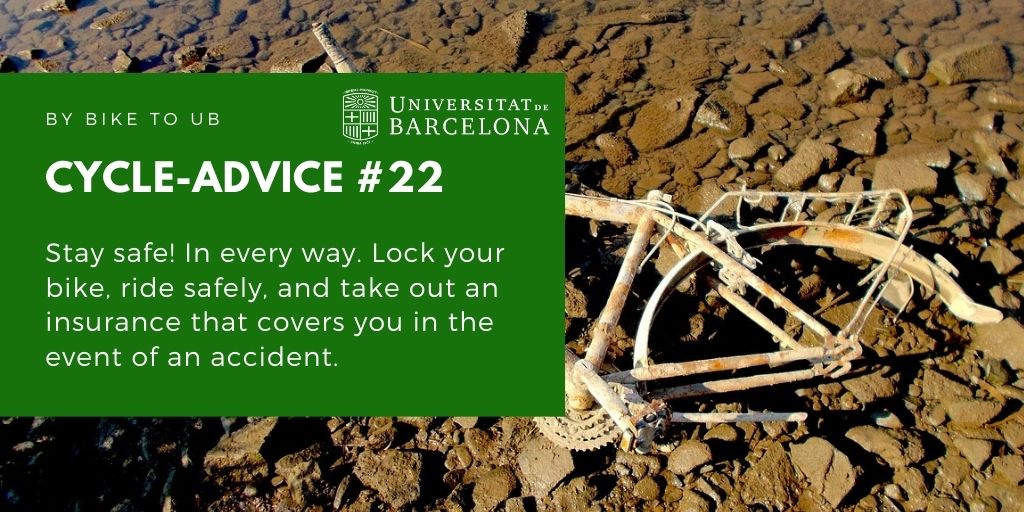
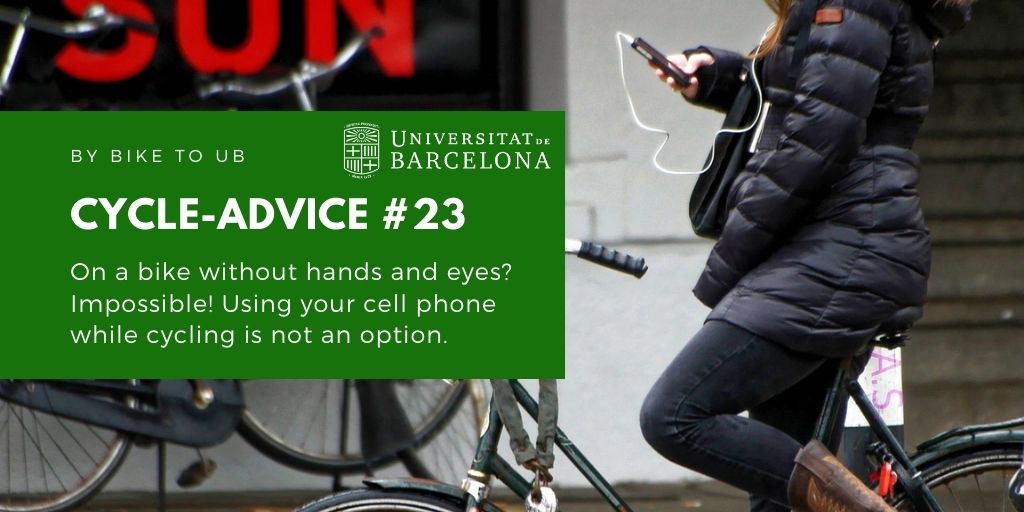
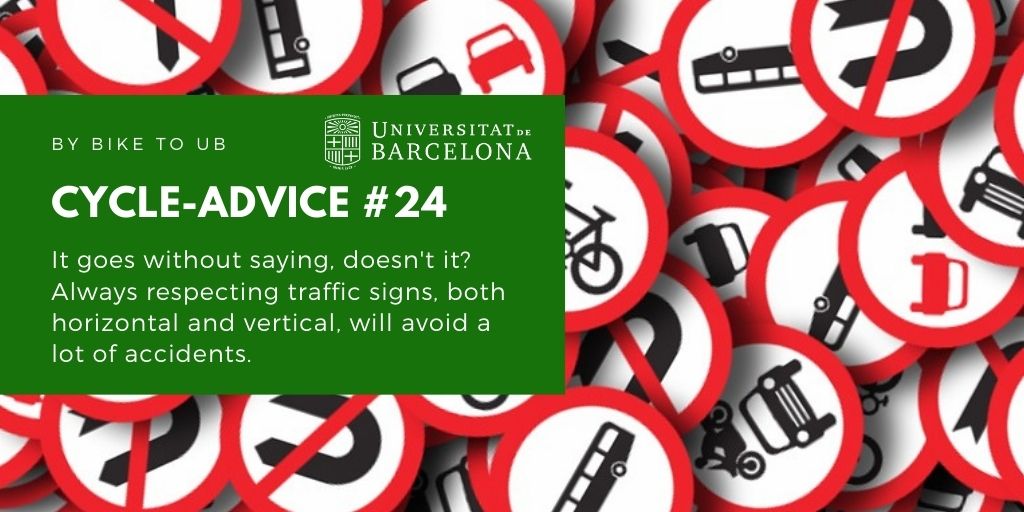
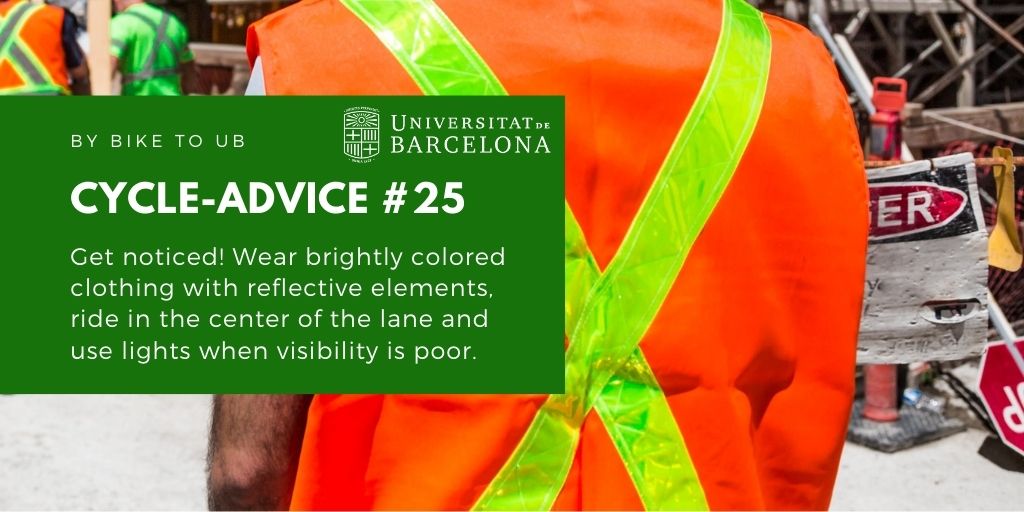
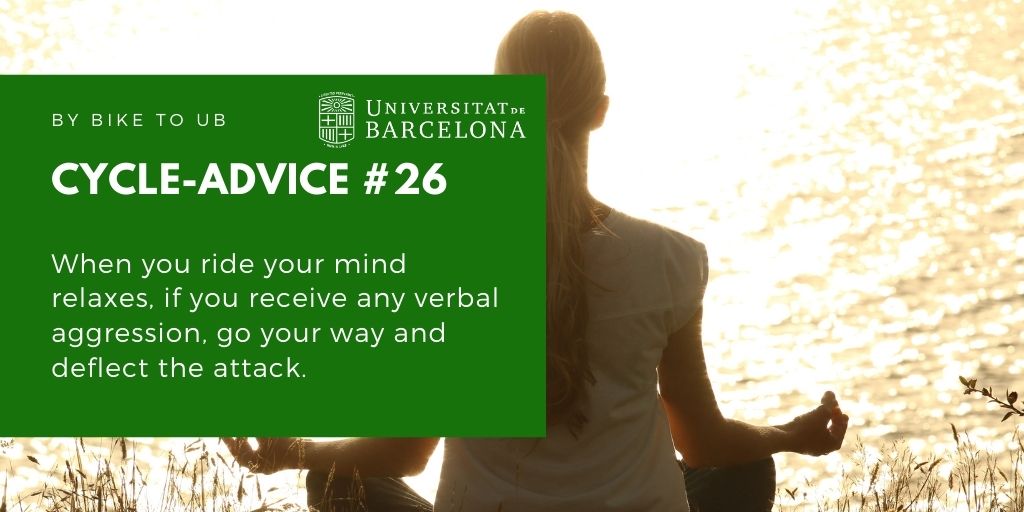
Inspired by http://www.amb.cat/bicivisme/.
